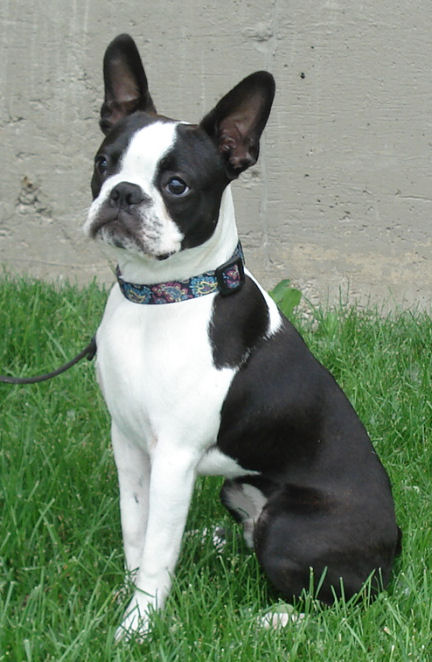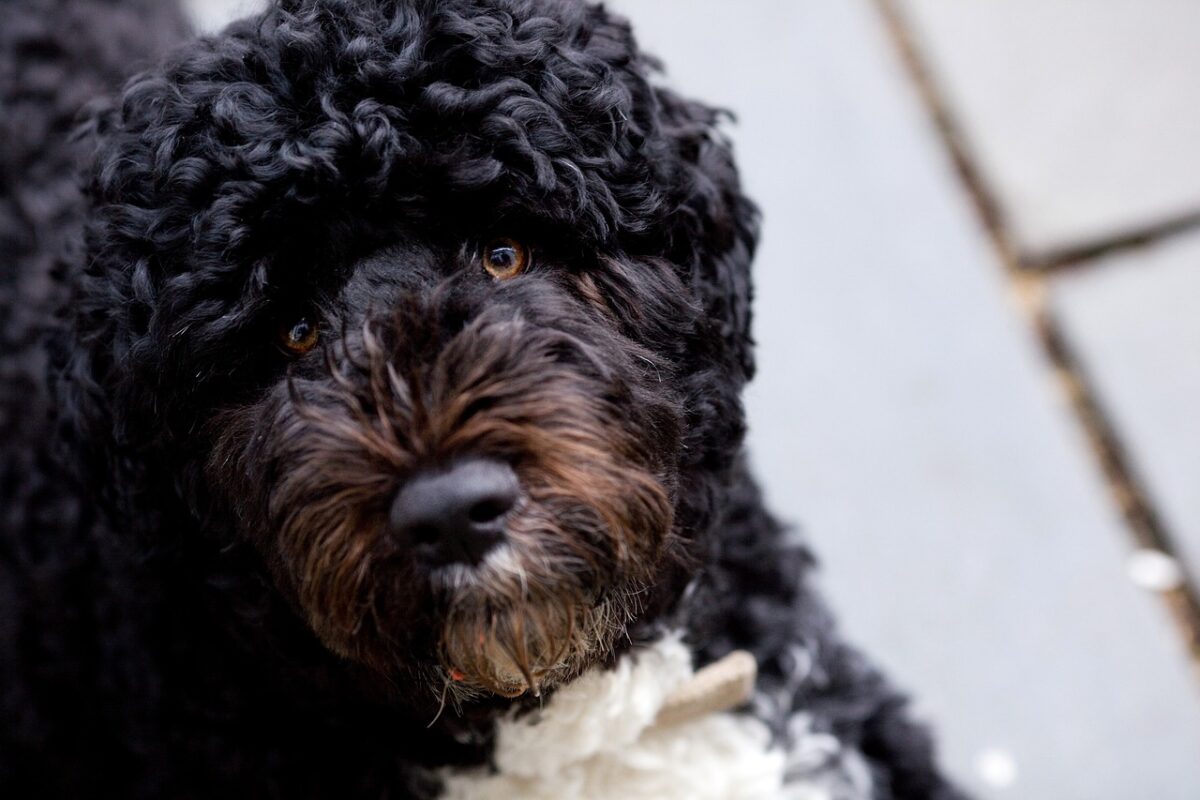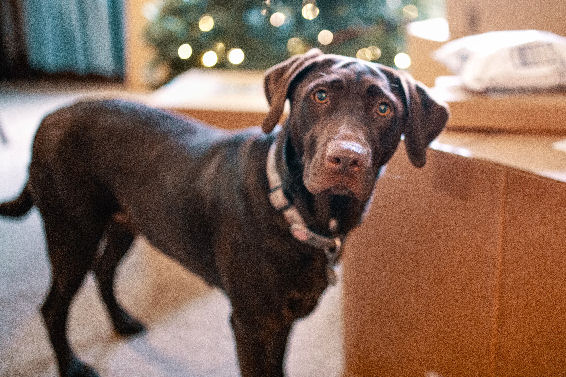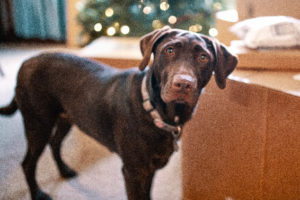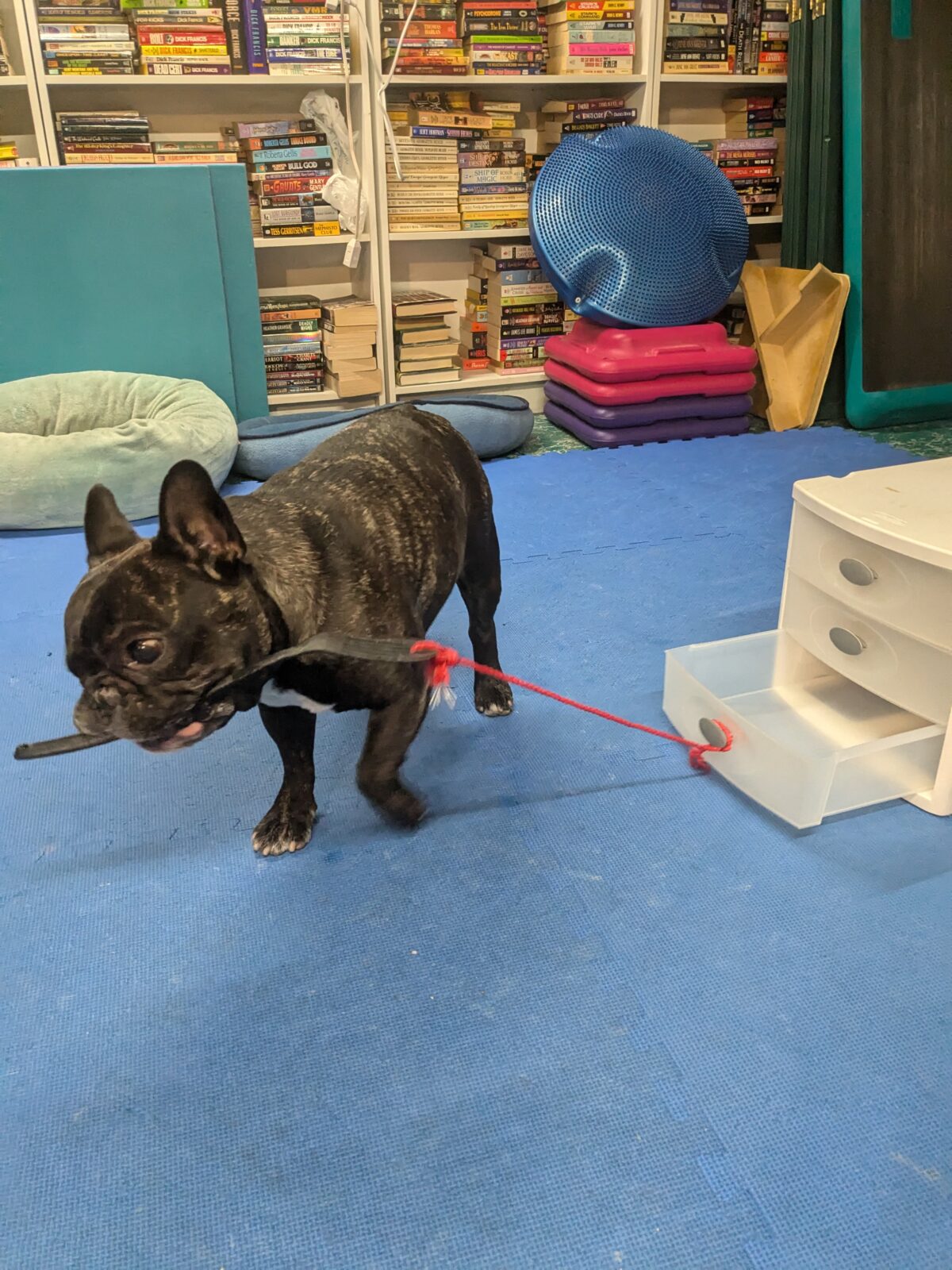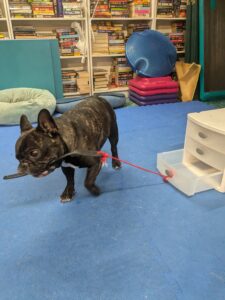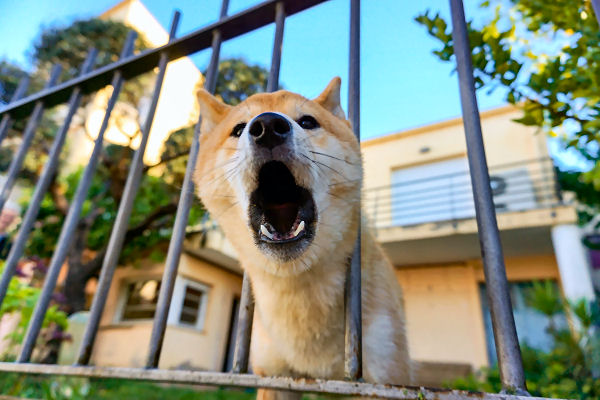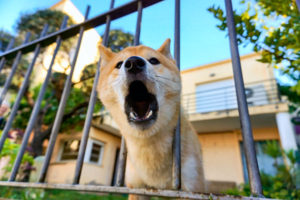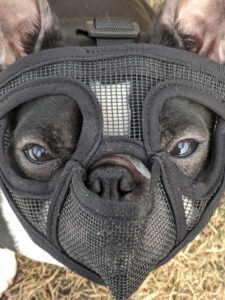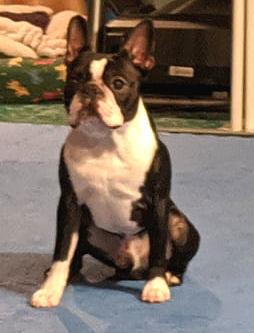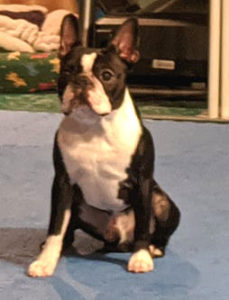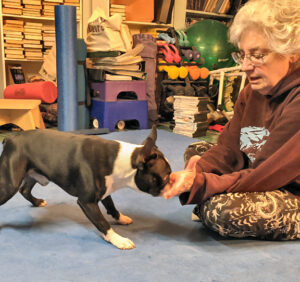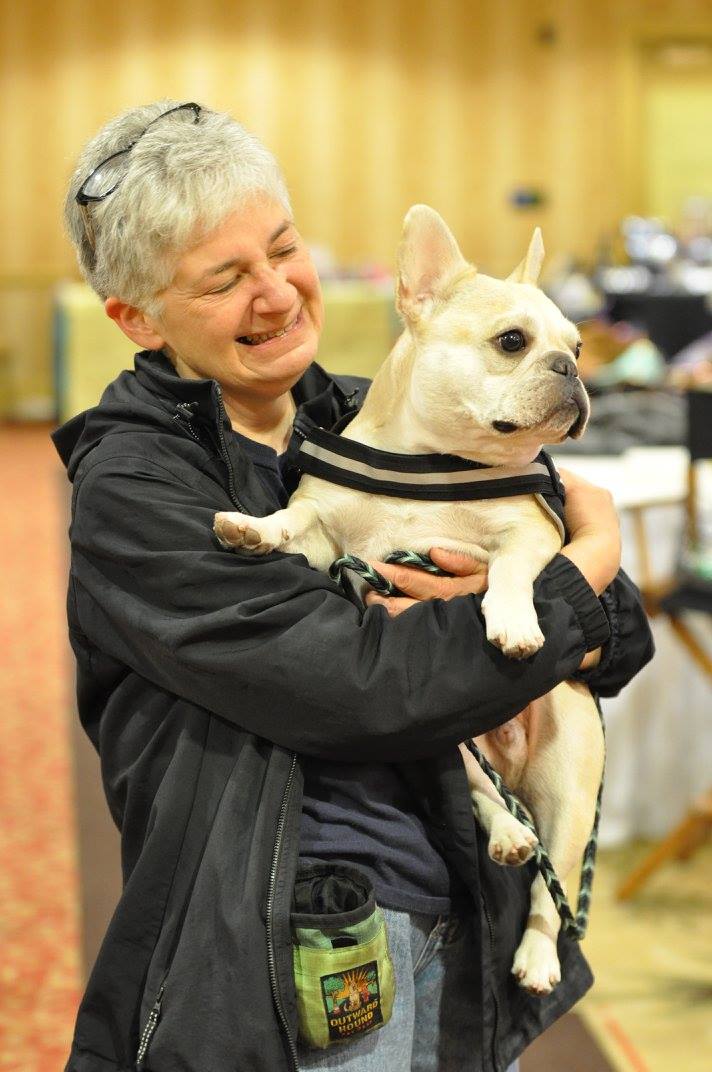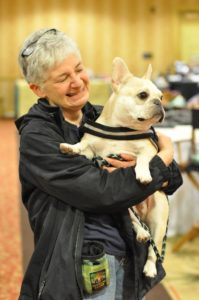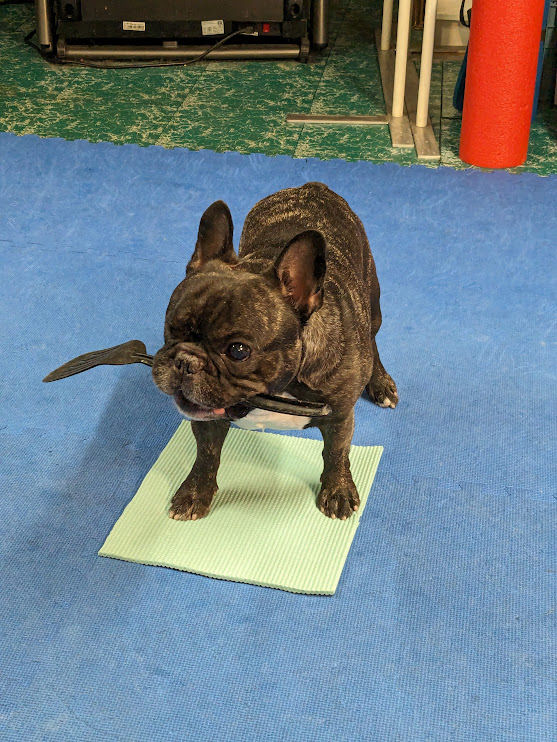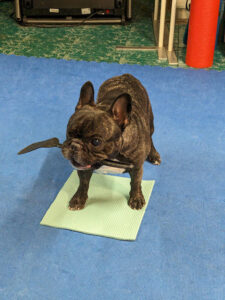It’s astonishingly easy to train a stubborn dog. You just have to keep one fact in mind: Dogs always do what’s most rewarding to them.
That’s true no matter what the circumstances. Dogs may not consciously or visibly weigh the options and “choose” to misbehave. But if what they get for being “good” isn’t as good as what being “bad” gets them, guess what happens?
Figuring it out
Your dog will show you what’s most valuable to them. Our dogs will figuratively walk through fire to get Chicken Heart Treats. It’s at the top of their reward list.
Second on the list for Simon is celery. Booker, on the other hand, thinks celery is disgusting and won’t go near it. If we ask Booker to do something and he knows celery is waiting, he’s not going to do it. Knowing this, we don’t ask.
Not always treats
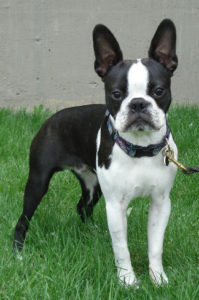
Dogs are unique individuals with their own preferences. Each one’s motivation will be different. Simon and Booker are both Boston Terriers and are related. But their tastes are as different as can be.
Your dog may not be food motivated at all. But there’s got to be something that they love. Tossing a ball can be a reward. Playing tug can be your dog’s reward. Belly rubs can be a reward. Use what your dog wants to get what you want.
It’s deal-making
Training is a kind of bargain you make with your dog – even a to train a stubborn dog. They get what they want when you get what you want. It’s a great deal for everyone.
You have to stick to the agreement. If you start taking your dog for granted, they’ll stop holding up their end. Once your dog knows how to do something, you may not have to reward every time. Once your dog knows “Puppy Push-ups” you don’t have to reward every change of position. But there has to be something in it for them at some point.
From the dog’s perspective
You may wonder, “if dogs always do what’s most rewarding, why do they obey force trainers?” The answer is simple. The dog’s “reward” is not being punished. Dogs learn quickly how to avoid pain. That’s why force training is faster than positive reinforcement. Dogs aren’t stupid.
Dogs also deserve better. Once you appreciate how easy and fun it is to play training games, it’s addictive for both of you. So many of our students have told us how their dogs “nag” them to go play.
This or that?
Sometimes the behavior you’re asking for isn’t as rewarding as what the dog wants to do. We saw a good example recently making the “bowling” video with Torque. We used a big plastic bottle to demonstrate the first steps of the game. When it came time to show the actual game, Torque thought the big plastic bottle was more fun. He made a beeline for it, rather than knock down the pins.
He was showing Hope that the crunchy-sounding bottle was more fun, more rewarding than playing with her. She didn’t get mad, or accuse him of being stubborn. He was doing what was most rewarding at the time. She just reminded him that playing with her was also fun and rewarding.
Stubborn or clueless?
Motivation isn’t always the answer. Sometimes dogs truly don’t understand what their person wants. It could be a different place, or person, or situation that’s throwing off their game. Or it could be they really don’t know.
If that’s the case, you may see your dog disengage, walk away, turn their head, go sniff, scratch, yawn, or even just sit or lie down. These are indicators that your dog doesn’t want to make the “wrong” choice, but doesn’t know what you want. If you see this, back up a step or two, assess what’s different, and help them work through it. It’s not being stubborn. It’s confusion.
Rely on motivators
When you know what motivates your dog, your training gets a whole lot easier. If your dog doesn’t think dog biscuits are worth sitting for, don’t use dog biscuits. Go to the trouble of figuring out what’s most rewarding for your dog. Use it. And be amazed when your formerly stubborn dog is no longer stubborn.

